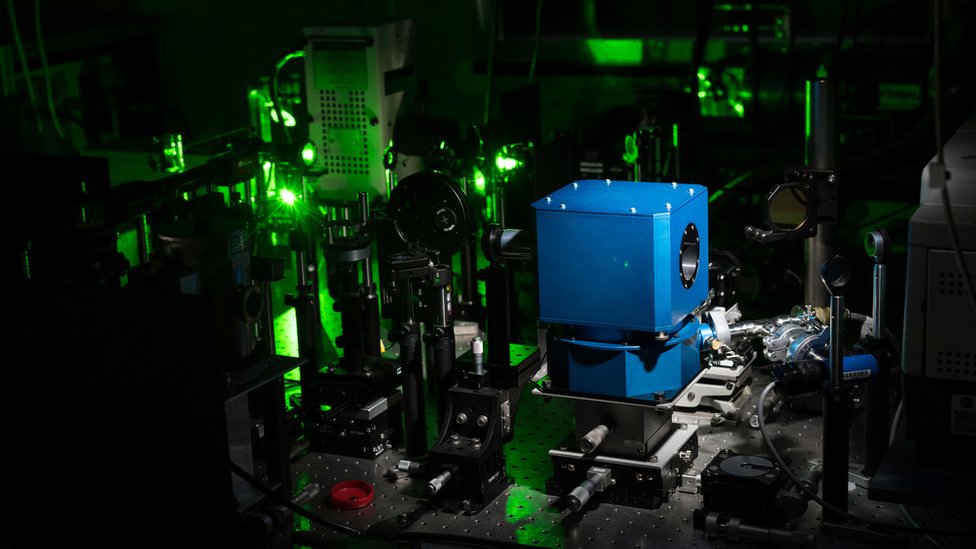 Uni Rochester/J. Adam Fenster
Uni Rochester/J. Adam Fenster
A major discovery has been made in the field of science recently as scientists have discovered the first material that is able to display a much sought-after property at room temperature, allowing for a concept known as superconducting. By its very definition, superconducting means electrical current flows through it with no energy wasted as heat, allowing for perfect efficiency. As it currently stands, most of the energy we generate is lost as a result of electrical resistance, which is in turn lost as heat, meaning that this concept of room temperature “superconducting” materials could very well change the way we look at the electrical grid.
Previously, superconducting has required cooling materials to extremely low temperatures in order to reach the state of superconductivity. In fact, when the property was first found back in 1911 it was at close to absolute zero in temperature (-273.15C), where scientists have since found materials that can be used for superconductors at higher (yet still very cold) temperatures.

According to Dr. Ranga Dias from the University of Rochester in New York, “Because of the limits of low temperature, materials with such extraordinary properties have not quite transformed the world in the way that many might have imagined.” Dr. Dias then goes on to further the scientific research team’s notion that their recent discovery is a huge step in a process that has been sought after for over a century when he goes on to state “However, our discovery will break down these barriers and open the door to many potential applications.” To cap it all off, Dr. Dias then adds that room temperature superconductors “can definitely change the world as we know it”.
In present day, electrical grids in the U.S. lose more than 5% of their energy through transmission, making this new superconductor capable of not only saving billions of dollars, but having a positive effect on our climate as well.
As for the scientific study itself, the scientists were able to observe the superconducting behavior in a carbonaceous sulphur hybrid compound set at a temperature of 15C. It is with this said; however, that the property only appeared at remarkably high pressures of 267 billion pascals, or conversely about one million times higher than typical pressure, which limits its practical usefulness.

Moving forward, Dr. Dias claims that the next goal will be to find ways to create room temperature superconductors at much lower pressures in order to be more economical in being able to produce at a higher volume.
As for applications of the superconductors, these materials impact could very well span a whole variety of industries and lives across the world. Furthermore, as a result of these superconductors one application includes a new way to propel levitated trains, for example the Maglev trains that “float” above the train track in Japan and Shanghai, China as magnetic levitation is a resulting feature of some superconducting materials. Another application is geared towards simply providing faster and more efficient electronics across the board.
As said by co-author Ashkan Salamat of the University of Nevada, Las Vegas “With this kind of technology, you can take society into a superconducting society where you’ll never need things like batteries again,” making this recent discovery one that is sure to propel society to heights never seen before.

Why We Are One
For over 40 years, IBS Electronics Group has provided a broad range of integrated supply chain and electronicsmanufacturing solutions tailored specific to our customer's operations. As your one source for the industry’s top brands all in one place, our engineers specialize in reducing supply chain complexity and are here to provide you with dedicated support from prototype to production.




.png)


.png?resizemode=force&maxsidesize=96)